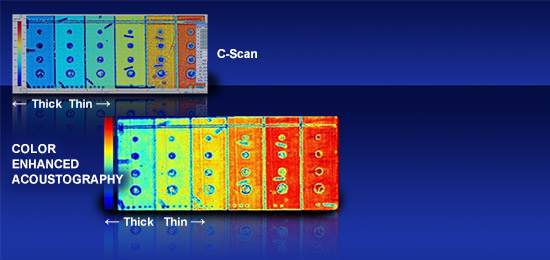
While micro-CT scanning provides high resolution, to analyze entire core samples nondestructively it does not approach the resolution seen in thin-section analysis or SEM. For scans of intact core samples, a maximum resolution of 10–15 µm is achievable after taking into account sample size and sampling time. The time taken to capture a data set also decreases as the resolution lowers, so the selection of operational settings is a balance of resolution vs. Resolution of significantly less than 1 µm can be achieved on smaller subsamples, reducing as the sample size and length increases.
#C SCAN INSPECTION SOFTWARE#
Micro-CT scanning uses a class of scanner that can rapidly capture a series of scans at high resolution these scans can be reconstructed with software to create a 3D model of the object scanned.

Introductionįormation-damage laboratory studies aid in risk reduction when making important well-design decisions, so reducing uncertainty surrounding test results is an important effort. Through a technique that the authors refer to as “difference mapping,” data sets captured before and after laboratory testing are compared to reveal the distribution of changes within samples.

The images of core produced are superior to those produced by commonly used medical scanners and give insight into core properties as well as issues such as drilling-mud-constituent infiltration, mudcake structure and thickness, and alterations in the pore network. The paper presents a new approach that uses X-ray-microcomputed-tomography (micro-CT) scanning to produce high-resolution data of entire core samples.


 0 kommentar(er)
0 kommentar(er)
